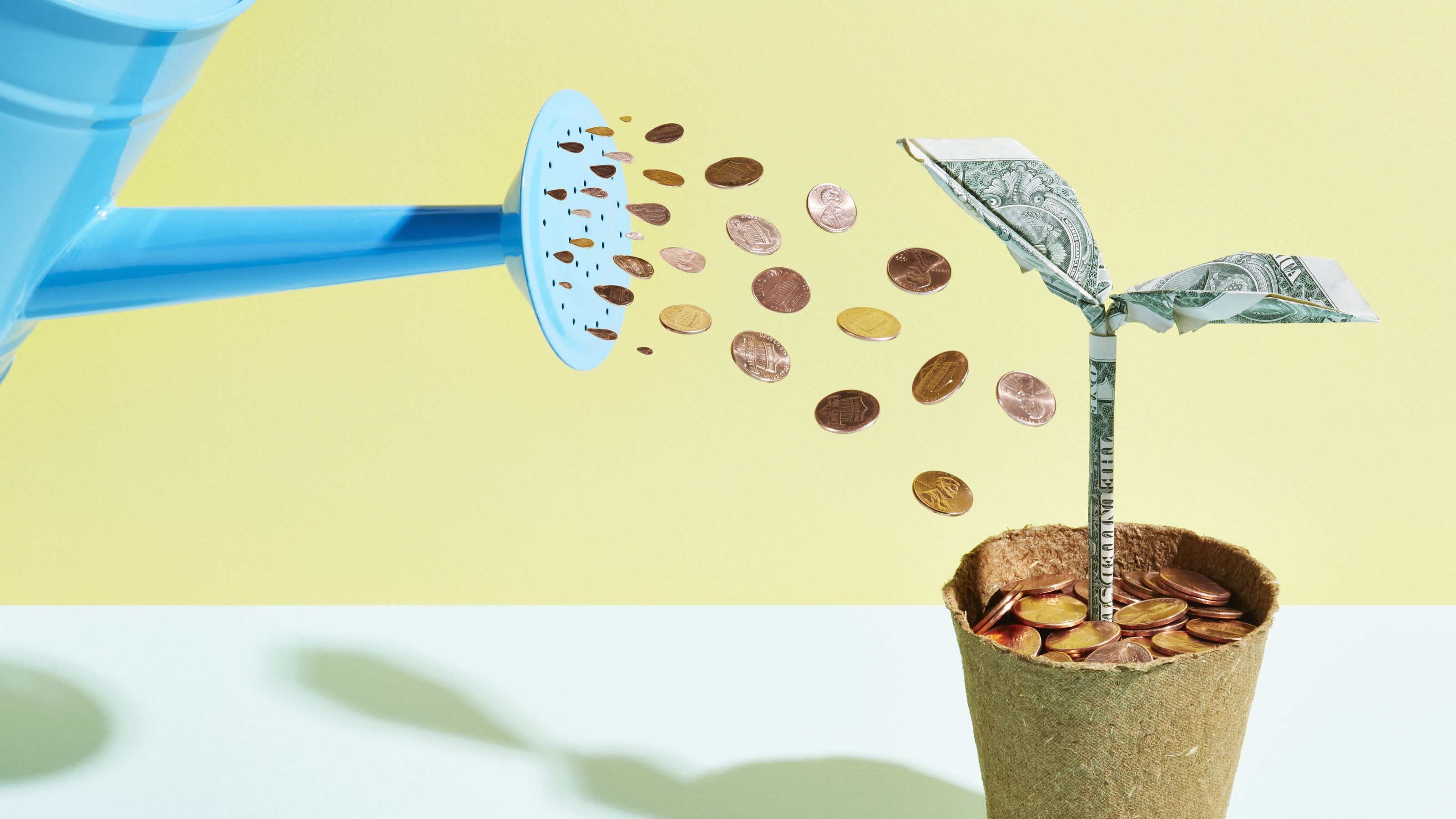
Following the Federal Reserve’s recent moves to cut short-term interest rates, yields on certificates of deposit have been falling. But because the Fed is likely to keep lowering rates — Kiplinger expects cuts to continue into 2026 — locking in current yields with a new CD can still be a smart strategy.
With most CDs, you must make the entire investment when you open the account. But with a special type of certificate known as an add-on CD, you can put in extra funds after the initial deposit, which tends to be low compared with traditional CDs — around the $100 mark. That's good news if you don't have lots of cash on hand to start your investment.
As with a traditional CD, the interest rate remains the same until the certificate’s maturity. So if you expect to have more money to deposit during its term, you may benefit from the ability to keep adding funds and earning the same yield, especially if prevailing rates fall during that time.
What are the downsides to add-on CDs?
On the downside, add-on CDs aren’t as widely available as traditional CDs — and many of the institutions that offer them are credit unions with membership restrictions.
SchoolsFirst Federal Credit Union, for instance, has a six-month add-on CD with a 4.4% yield ($500 minimum opening deposit), but you have to be a California school employee or family member to join. Navy Federal Credit Union offers a 4.25% yield on a 12-month add-on CD ($50 minimum opening deposit), but membership is limited to those with a military affiliation.
Plus, rates for add-on CDs may not be as attractive as those you can get with top-yielding traditional CDs. For example, the 24-month Investment CD from Bank5 Connect, which lets you add funds anytime during the term after you deposit at least $500, recently offered a 3.3% yield. And the 12-Month Add-On from Associated Bank, which has an minimum opening deposit of $100, offers 1.49% interest. That compares with yields surpassing 4% on some traditional two-year CDs.
Lastly, you'll need to be comfortable with locking away your savings for the entire term, as taking cash out of the account before it matures can result in a penalty. If you think you'll need access to your savings, you could consider a no-penalty CD or a no-fee high-yield savings account instead.
You can see current options for CDs with this Bankrate tool:
Note: This item first appeared in Kiplinger Personal Finance Magazine, a monthly, trustworthy source of advice and guidance. Subscribe to help you make more money and keep more of the money you make here.







